Thatcher provides all types of earth retention to support excavation using sheet piling, soldier beams and lagging, secant pile walls, soil anchors, tie backs, and soil nails & shotcrete. Thatcher provides engineered geo-structural solutions from our in-house licensed Structural Engineering team. We are most cost effective when included early in the design of a project in order to provide our design-build expertise and optimize with the rest of the project. We have extensive experience with the permitting process in Chicago and can provide valuable assistance.

Sheet piles are the most common form of earth retention, offering both speed and economy. Its not uncommon to complete over 100’ of wall per day with modern construction techniques and equipment. There are a wide variety of sheet piles available to match the needs of the project, mostly considering movement or water resistance.
Thatcher has pioneered the use of vibrationless installation technology, dating back to the 1980’s. Thatcher was also the first in the Chicago area to treat sheet pile interlocks with chemical grouts to reduce water inflow to practically immeasurable levels.
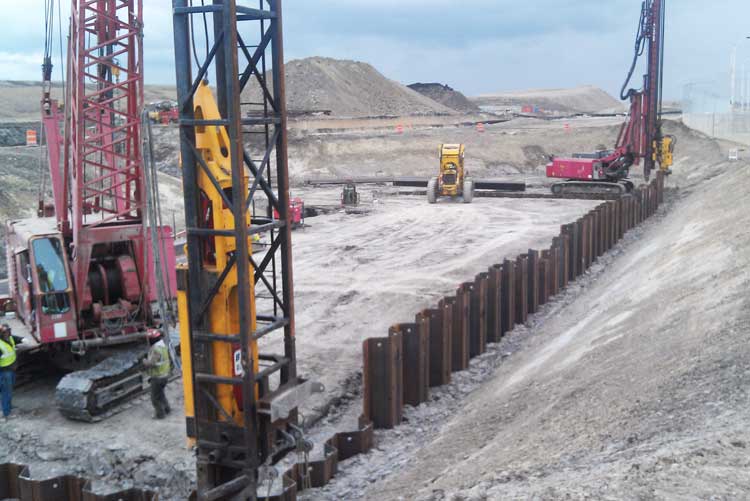
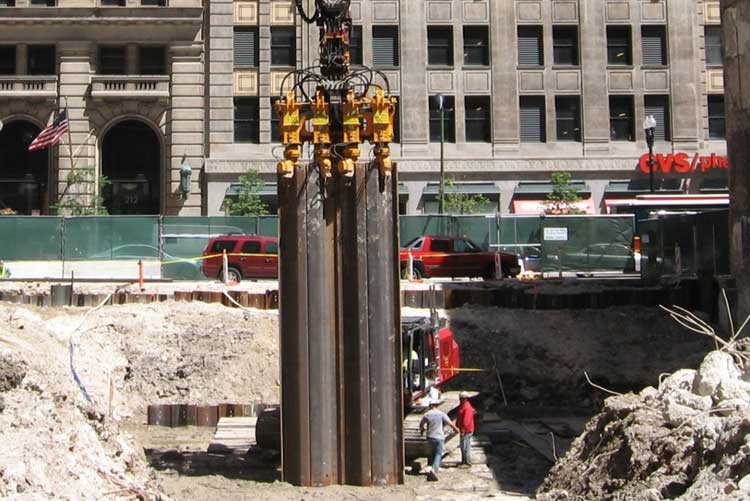
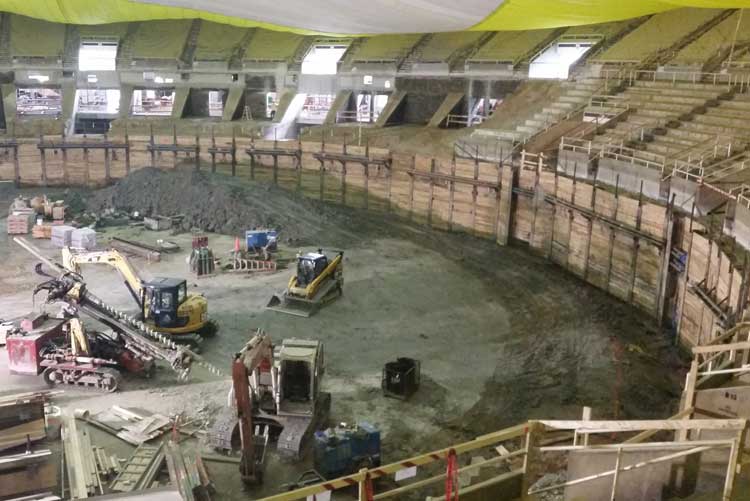
Walls have been constructed for many years using soldier beams and lagging. The vertical beams line up in a row like soldiers and the lagging boards are used to retain the material in between. Steel, concrete, or other materials can also be used as lagging. This method is not applicable for granular soils below the water table.

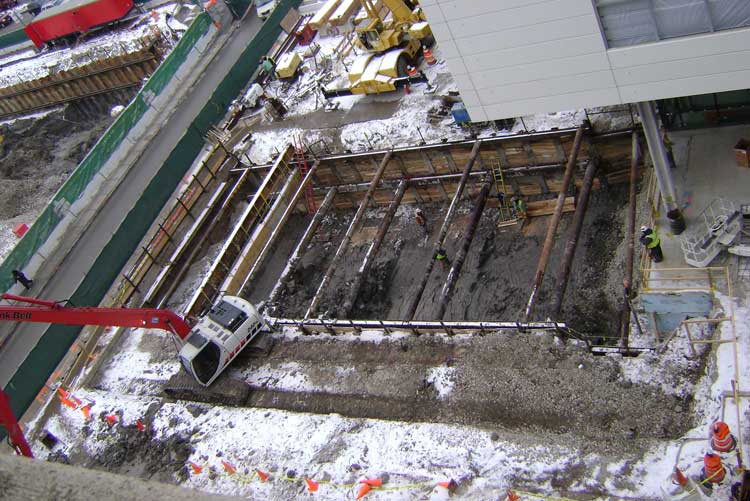

Soil nails and shotcrete are not typically applicable in soft soils or granular soils below the water table, but they can be a useful technique where there is firm soil to work with. The process requires the soil to be self supporting as an individual lift is cut for nails to be installed and then the shotcrete facing placed.
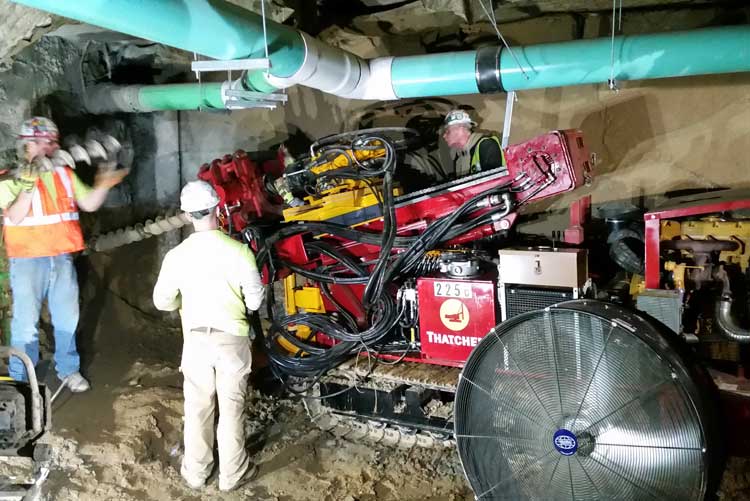


Secant and tangent pile walls are constructed by drilling continuous piles to form a wall. If the piles overlap they form secant walls, if they are immediately adjacent then they form tangent walls. These walls can be made very stiff to minimize movements, but these systems are typically significantly more expensive and time consuming than other approaches.

